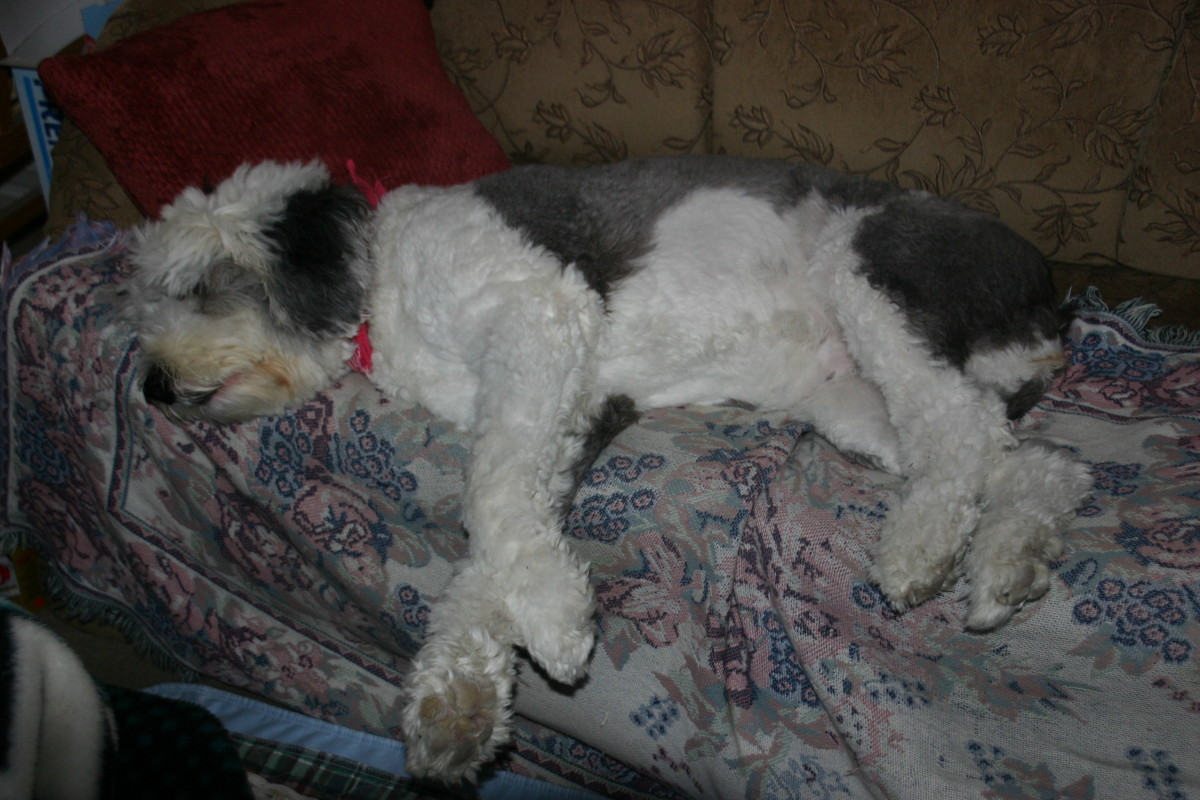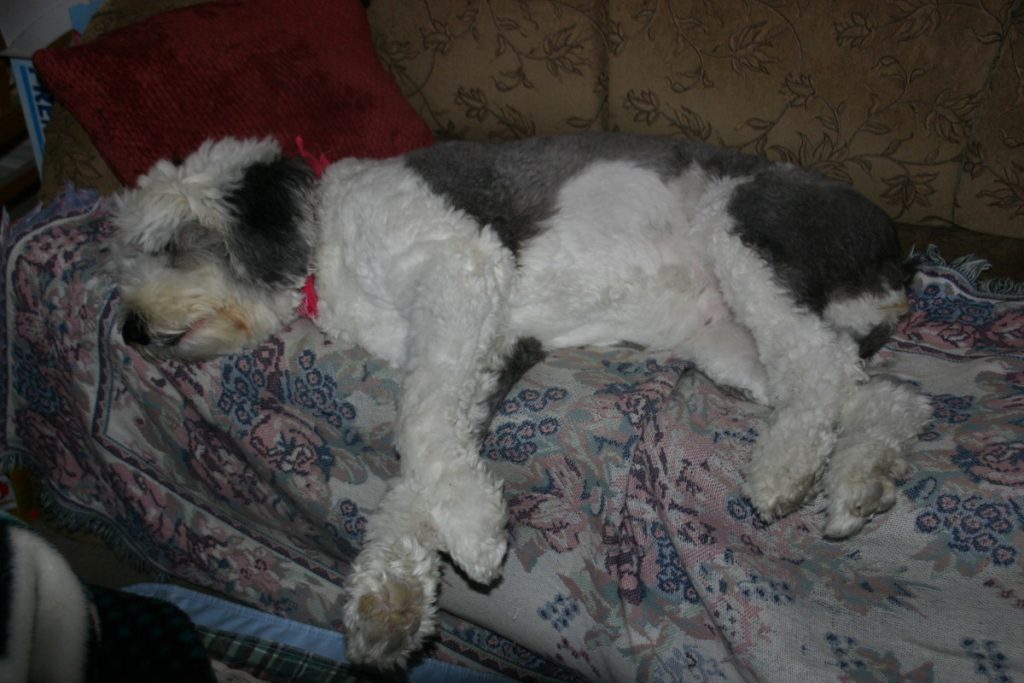Dog incontinence is a common problem that can affect dogs of all ages. It can be caused by anything from an underlying medical condition to stress, and managing it can be difficult for pet owners. Fortunately, there are a few tips and tricks that you can use to help manage your dog’s dog incontinence and make life easier for both yourself and your pet.
Understanding the Causes of Dog Incontinence
The first step in managing your dog’s incontinence is understanding the cause. The most common causes of incontinence in dogs include urinary tract infections, diabetes, bladder stones or crystals, Cushing’s disease, kidney disease, and hormonal imbalances. If your dog has been diagnosed with any of these conditions, speak to your veterinarian about treatment options.

Identifying triggers
Once you have identified the cause of your dog’s incontinence, you need to find out what triggers it. Pay close attention to when accidents occur; does it only happen at night or during certain activities? Identifying triggers can help you develop strategies to prevent accidents before they happen.
Create a routine
Establishing a regular routine is key to managing any type of pet health issue. Set up a schedule for feeding times, exercise times and potty breaks so your pet knows what to expect each day. This will help to minimise accidents caused by confusion or anxiety about when their next meal or toilet break will be.
Making potty breaks easier
If possible, create an outdoor area where your pet can easily go potty without too much stimulation from other animals or people. You may also want to consider using puppy pads indoors, as some dogs may not be able to hold their bladders until they reach the designated area outside. In addition, keeping an eye on how often they drink water throughout the day can help reduce frequent trips outside due to a full bladder too soon after drinking water.
Establish rules & consistency
Establishing rules for housetraining is important; always praise good behaviour while discouraging bad behaviour such as urinating indoors (use positive reinforcement methods such as treats). Also remember that consistency is key; stick to the training methods you use so that your puppy gets used to them quickly, rather than jumping back and forth between different instructions every time something happens differently than expected.
Look after your pet’s health
Good nutrition can help maintain bladder control in dogs by keeping them hydrated throughout the day, making it easier for them to urinate regularly rather than holding their bladders until later in life when there may be more distractions to keep them from going outside. Be sure to talk to your vet about what type of diet is best for certain types of bladder problems, as this will vary from puppy to puppy. In addition, supplements such as cranberry extract may be beneficial as its natural anti-inflammatory properties can reduce the build-up of bacteria in the urinary tract, helping to prevent urinary tract infections from causing further problems with incontinence.
Seek veterinary advice if necessary
If other measures do not work, or if symptoms get worse, it is important to seek veterinary advice, especially if there may be an underlying medical condition that is causing the problem. A vet can prescribe medication, recommend lifestyle changes, suggest dietary adjustments, etc., but whatever you do, professional advice should always come first before trying anything else. After all, we want our puppies to be healthy!

Conclusion
Dealing with canine incontinence doesn’t have to be overwhelming if we take proactive steps to understand its causes so that we know how best to handle each situation in the future. By following these tips and tricks, and seeking professional help if necessary, pet owners should find relief from this condition sooner rather than later!


